I have developed a web application that sends HTTP requests to a JSON API and gets responses from it. It is also sending E-mails via an SMTP server to users. I am stuck on how to modelise these scenarios in my sequence diagrams.
Edit:
The sequence for logging in goes as the following:
1-The user inputs his login and password to the view
2-The view sends the inputted data to the controller
3-The controller calls a function located in the WebService class
4- The functions creates an instance of the login request model (The login request model is a class that has the same format as the JSON data that will be sent)
5- The function serializes the created instance to JSON and sends it via HTTP to the remote Web service
6- The functions reads the response stream and deserializes it into a new instance of the response class
7-The instance created then is sent back to the controller
8-The controller runs a test on the received instance to see if the user has provided correct credentials or not
9-Based on the test results, the controller redirects the user to either the landing page (in case he inputted the right credentials) or sends a message in the index page indicating that the credentials are wrong
In this case, what will be the actors in my sequence diagram and what should I put in it and what should I leave undescriped?
